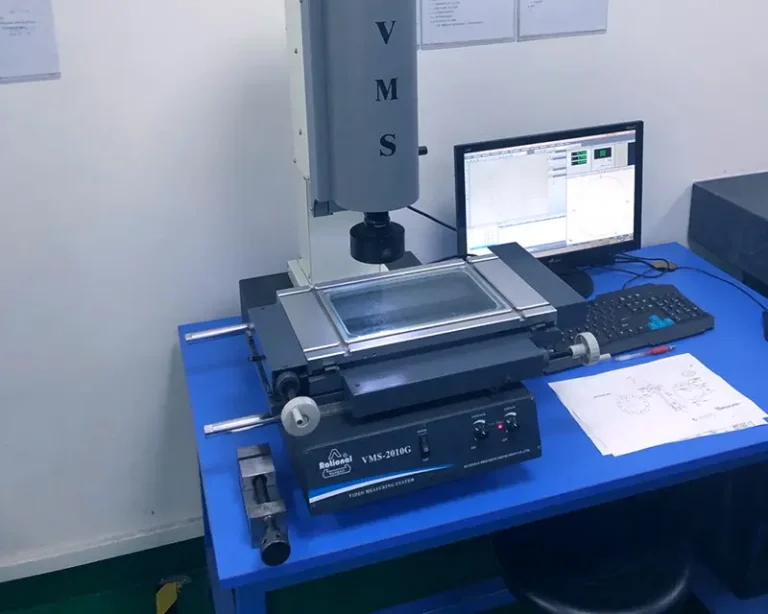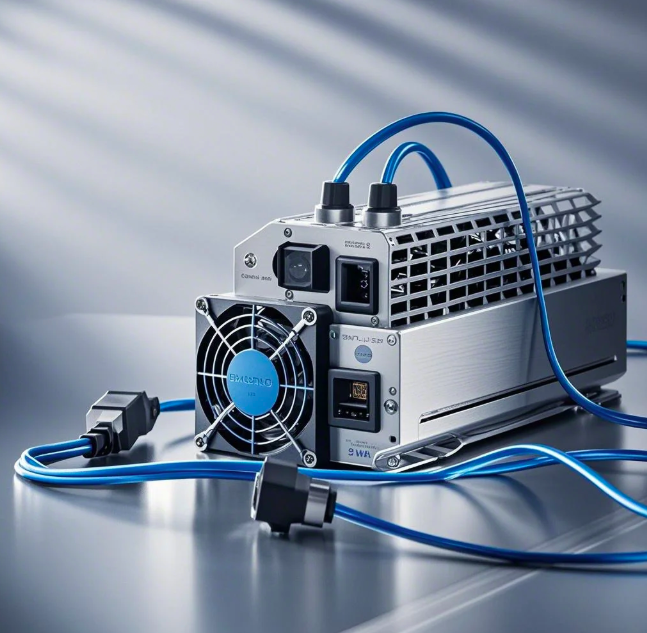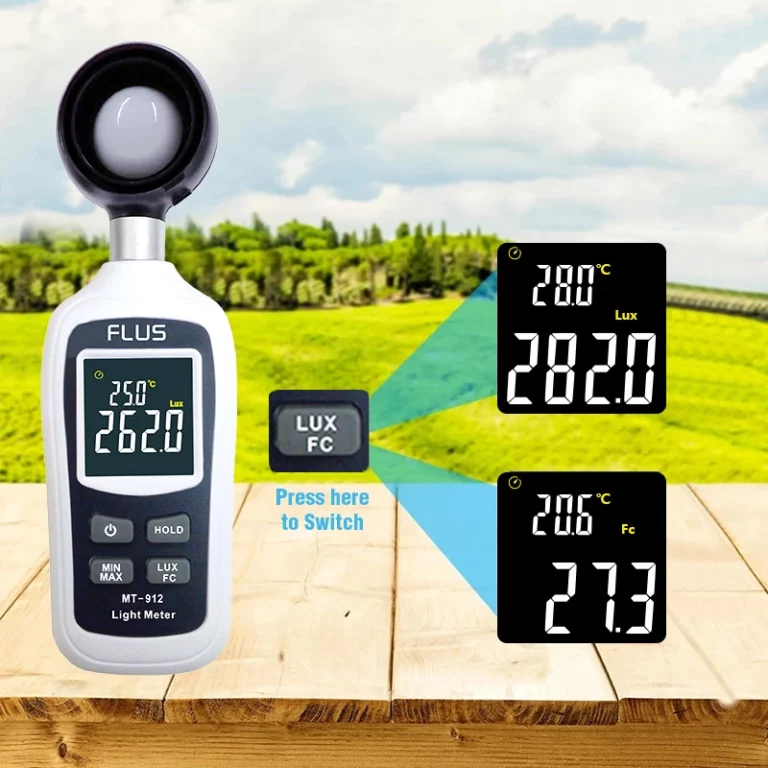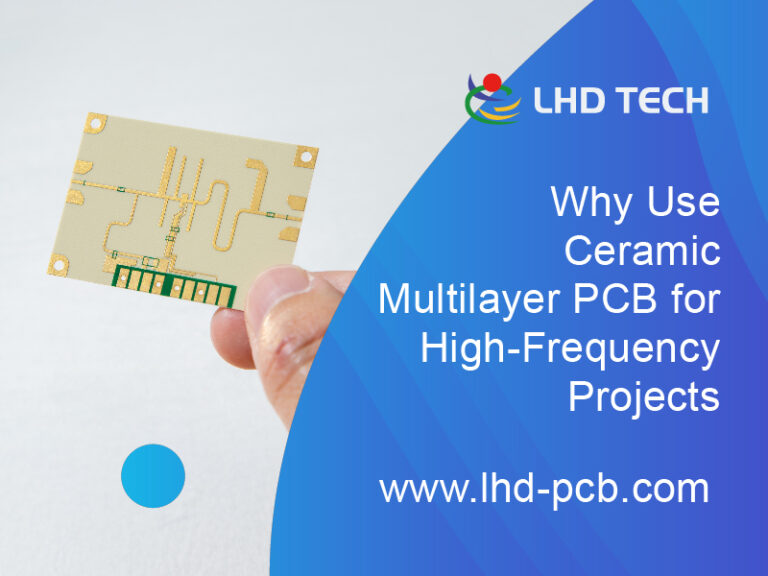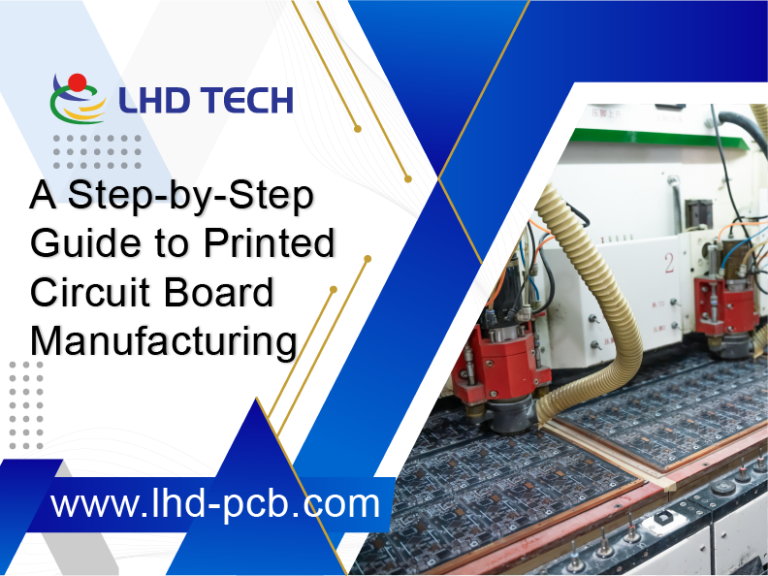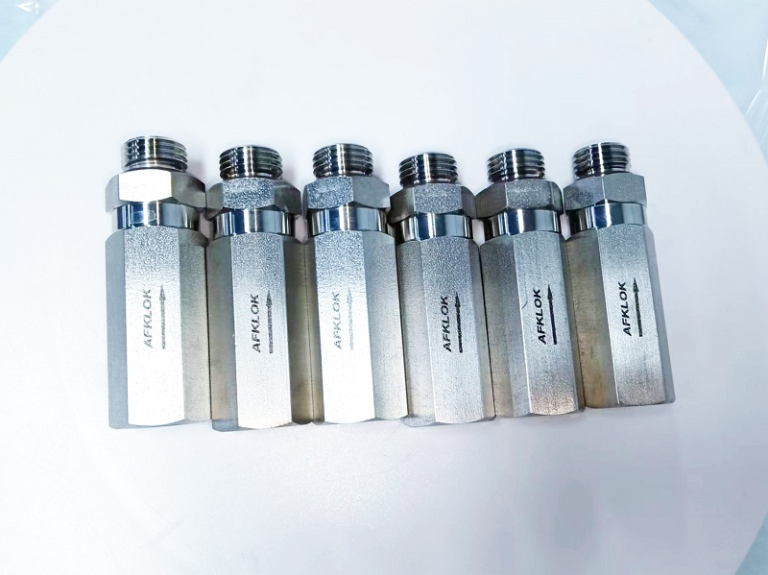目录
Toggle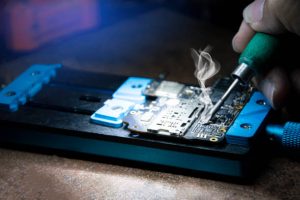
In modern electronics manufacturing, PCB (Printed Circuit Board) soldering quality is directly related to the performance and reliability of the final product. Poor soldering not only leads to product failure but also may increase manufacturing costs and time. Therefore, an in-depth understanding of the types of defective soldering, detection methods, and quality management and improvement strategies to enhance the quality of PCB soldering is critical.
Soldering defective types in detail
False soldering
False PCB soldering is one of the common problems in PCB soldering, the performance of the solder joint seems normal, but in fact, the solder does not form a good metal connection with the pad or component pins. This is often caused by insufficient soldering temperature, solder oxidation, or contamination of the soldering surface. Strategies for preventing false soldering include ensuring the quality of the solder material, using the proper soldering temperature and time, and thoroughly cleaning the PCB surface before soldering.
Cold Soldering
Cold PCB soldering is similar to false soldering in that the solder does not melt sufficiently due to the low soldering temperature to form a good connection. Cold solder joints usually have a rough, non-glossy surface. The key to avoiding cold soldering is to control the correct soldering parameters, including soldering temperature and time.
Bridging
Bridging is the formation of a metallic connection between two solder joints that should not be connected, usually between adjacent pads or pins. The main causes of bridging include excess solder, too close pad spacing, or improper soldering techniques. Measures to prevent bridging include optimizing the PCB layout design, using the right amount of solder, and adopting accurate soldering techniques.
Detection Methods for Poor Soldering
Visual inspection
Visual inspection is the most basic detection method and can be carried out through a magnifying glass or microscope. Although this method is simple, it relies on the experience and judgment of the operator and may not detect all types of PCB soldering defects.
X-ray Inspection
X-ray inspection can see through the PCB and identify internal PCB soldering defects such as false or cold soldering. This method is particularly suitable for the inspection of complex multi-layer PCBs and mass production.
Automatic Optical Inspection (AOI)
AOI utilizes high-resolution cameras and advanced image processing techniques to automatically detect PCB soldering defects. It can quickly and accurately detect most surface defects and is a commonly used inspection method in mass production.
Welding Quality Management and Improvement Strategies
Establish standard operating procedures (SOP)
Establishing and strictly adhering to Standard Operating Procedures (SOPs) is fundamental. the SOPs should describe in detail the correct methods and parameters for each step of the welding process, including material selection, welding temperature, welding time, and post-welding inspection work. This helps to minimize human errors and ensures that each step of the operation meets the expected quality standards.
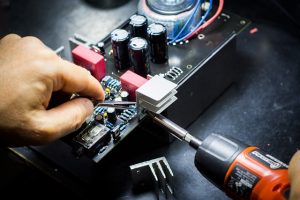 Regular Training and Skills Upgrading
Regular Training and Skills Upgrading
Regular training and skills upgrading for welding operators are essential. Continuous advances in technology mean that welding methods and tools are constantly being updated. Through regular training, operators will not only be able to keep up to date with the latest welding technology but will also be able to improve their understanding and ability to perform existing processes. This is important for the PCB soldering process. In addition, training should also include quality awareness so that operators can understand how their work affects the quality of the final product.
Finally, implementing quality audits and feedback loops is key to the continuous improvement of welding quality. By regularly auditing the welding process and finished product, quality issues and opportunities for improvement can be identified. Combined with feedback from operators and management, SOPs can be continually adjusted and optimized to improve weld quality and reduce reject rates.
Through the implementation of these strategies, companies can not only improve the quality of PCB soldering but also enhance overall productivity and cost-effectiveness, ultimately improving market competitiveness.
0
